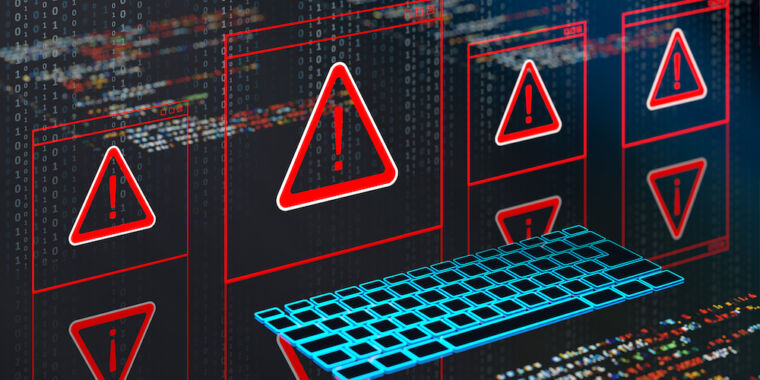pcb circuit board assembly
Electrochemical sensors play a crucial role in various industries, from environmental monitoring to healthcare diagnostics, by detecting and quantifying analytes through electrochemical reactions. As technology advances, the integration of electronic components into electrochemical sensors has become increasingly prevalent, raising the question: Can PCB circuit board assembly be used in electrochemical sensors? This exploration delves into the compatibility of PCB assembly techniques with the intricate requirements of electrochemical sensing applications.
At the heart of electrochemical sensors lies the electrochemical cell, where chemical reactions occur at electrodes to produce measurable electrical signals. Incorporating electronic components into electrochemical sensors enhances their functionality, enabling signal amplification, data processing, and wireless communication. PCB circuit board assembly offers a robust platform for integrating these electronic components, providing a versatile and customizable solution for sensor design and fabrication.
One of the primary challenges in integrating pcb circuit board assembly into electrochemical sensors lies in ensuring compatibility with the electrochemical environment. Electrochemical reactions can produce corrosive byproducts, such as acids or gases, which may degrade traditional PCB materials and components over time. To address this challenge, manufacturers must carefully select materials resistant to corrosion and chemical degradation, such as gold-plated contacts, ceramic substrates, or epoxy-based encapsulants.

Can pcb circuit board assembly be used in electrochemical sensors?
Furthermore, the design and layout of PCBs in electrochemical sensors must optimize signal integrity and minimize interference from external sources. Shielding techniques, ground planes, and impedance matching are essential considerations to ensure reliable and accurate sensor performance. Additionally, surface mount technology (SMT) and fine-pitch components enable compact and high-density PCB designs, facilitating miniaturization and integration into portable and wearable sensor platforms.
Moreover, PCB circuit board assembly offers flexibility in sensor design and functionality, allowing for the incorporation of advanced features such as temperature compensation, calibration circuits, and multiplexing capabilities. These enhancements improve sensor accuracy, sensitivity, and stability, making them suitable for a wide range of applications, including environmental monitoring, medical diagnostics, and industrial process control.
Another critical aspect of using PCB assembly in electrochemical sensors is the implementation of suitable interconnects and interfaces for electrode connections. Reliable electrical connections are paramount for ensuring proper electrode contact and minimizing signal loss or noise. Techniques such as wire bonding, conductive adhesives, or microfabrication methods enable precise and robust connections between electrodes and PCBs, facilitating efficient signal transduction and data acquisition.
Furthermore, advancements in PCB manufacturing technology, such as additive manufacturing (3D printing) and flexible electronics, offer new possibilities for sensor design and integration. Flexible PCB substrates allow for conformal sensor layouts, enabling seamless integration into curved or irregular surfaces. Additive manufacturing techniques enable rapid prototyping and customization of sensor housings, electrode geometries, and fluidic channels, streamlining the development process for novel electrochemical sensors.
In conclusion, PCB circuit board assembly serves as a versatile platform for integrating electronic components into electrochemical sensors, enhancing their functionality, reliability, and performance. By addressing challenges related to material compatibility, signal integrity, and electrode interfacing, manufacturers can leverage PCB assembly techniques to develop advanced sensors for a wide range of applications. As the demand for real-time, portable, and IoT-enabled sensing solutions continues to grow, the marriage of electrochemistry and electronics holds immense promise for addressing complex challenges and driving innovation across diverse industries.












+ There are no comments
Add yours